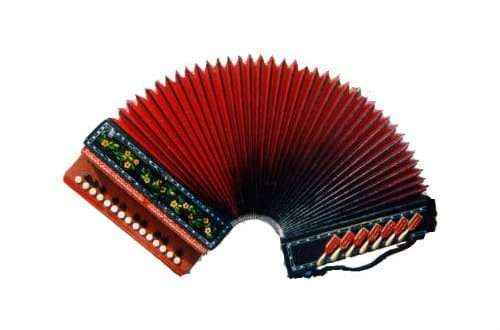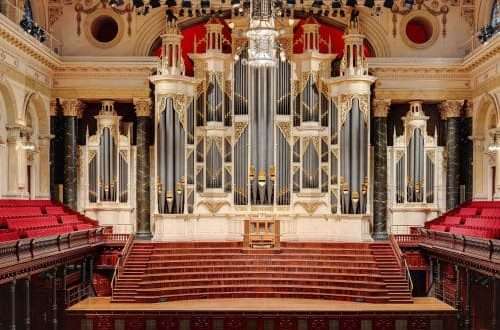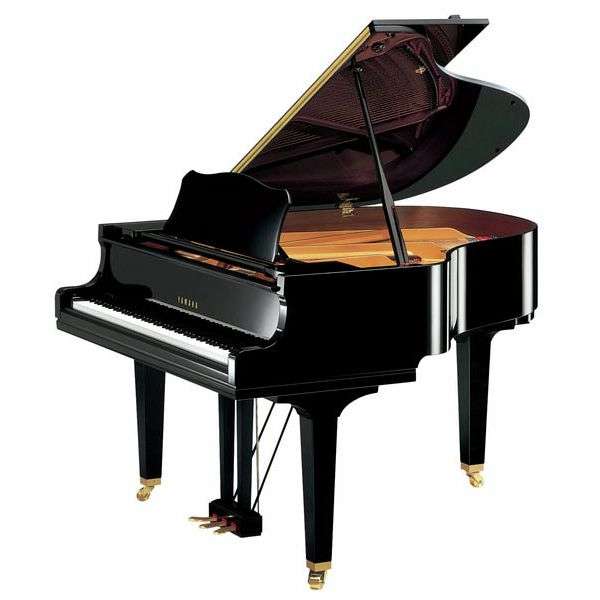
What is a Piano – the Large overview
Contents
The piano (from the Italian forte – loud and piano – quiet) is a stringed musical instrument with a rich history. It has been known to the world for more than three hundred years, but is still very relevant.
In this article – a complete overview of the piano, its history, device and much more.
History of the musical instrument
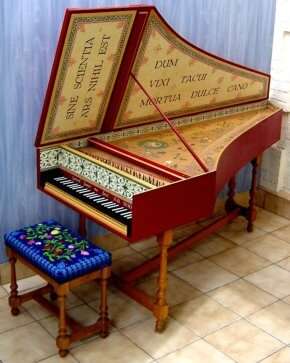
Before the introduction of the piano, there were other types of keyboard instruments:
- Harpsichord . It was invented in Italy in the 15th century. The sound was extracted due to the fact that when the key was pressed, the rod (pusher) rose, after which the plectrum “plucked” the string. The disadvantage of the harpsichord is that you cannot change the volume, and the music does not sound dynamic enough.
- Clavichord (translated from Latin – “key and string”). Widely used in the XV-XVIII centuries. The sound arose due to the impact of the tangent (a metal pin at the back of the key) on the string. The volume of the sound was controlled by pressing the key. The downside of the clavichord is the rapidly fading sound.
The creator of the piano is Bartolomeo Cristofori (1655-1731), an Italian musical master. In 1709, he completed work on an instrument called the gravicembalo col piano e forte (harpsichord that sounds soft and loud) or “pianoforte”. Almost all the main nodes of the modern piano mechanism were already here.
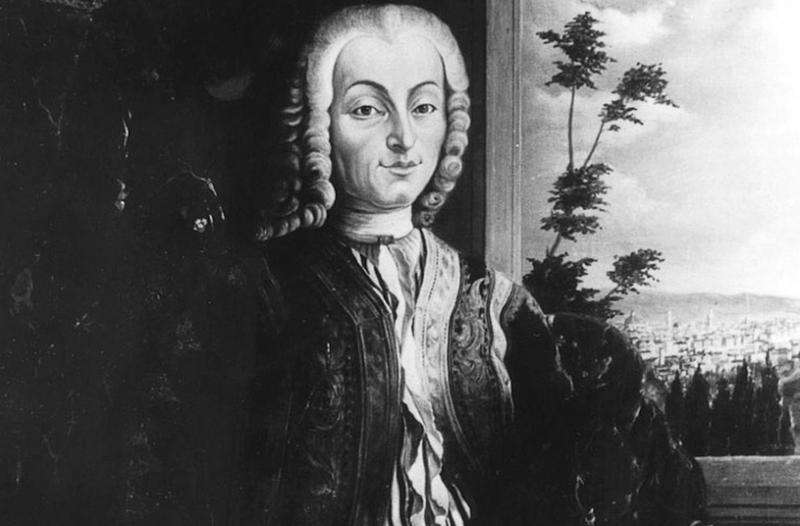
Bartolomeo Cristofori
Over time, the piano has been improved:
- strong metal frames appeared, the placement of the strings was changed (one above the other crosswise), and their thickness was increased – this made it possible to achieve a more saturated sound;
- in 1822, the Frenchman S. Erar patented the “double rehearsal” mechanism, which made it possible to quickly repeat the sound and increase the dynamics of the Play;
- In the 20th century, electronic pianos and synthesizers were invented .
In Russia, piano production began in the 18th century in St. Petersburg. Until 1917, there were about 1,000 craftsmen and hundreds of music firms – for example, K.M. Schroeder, Ya. Becker” and others.
In total, in the entire history of the existence of the piano, about 20,000 different manufacturers, both firms and individuals, have worked on this instrument.
What does a piano, gran piano and fortepiano look like
Fortepiano is the general name for musical percussion instruments of this type. This type includes grand pianos and pianinos (literal translation – “little piano”).
In the grand piano, the strings, all the mechanics and the soundboard (resonating surface) are placed horizontally, so it has a very impressive size, and its shape resembles a bird’s wing. Its important feature is the opening lid (when it is open, the sound power is amplified).
There are pianos of various sizes, but on average, the length of the instrument should be at least 1.8 m, and the width should be at least 1.5 m.
The pianino is characterized by a vertical arrangement of mechanisms, due to which it has a greater height than the piano, an elongated shape and leans close to the wall of the room. The dimensions of the piano are much smaller than those of the grand piano – the average width reaches 1.5 m, and the depth is about 60 cm.
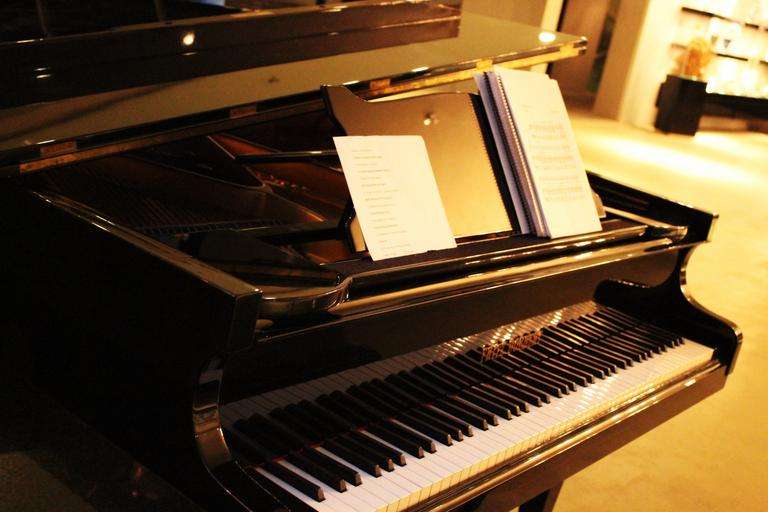
Differences of musical instruments
In addition to different sizes, the grand piano has the following differences from the piano:
- The strings of a grand piano lie in the same plane as the keys (perpendicular on a piano), and they are longer, which provides a loud and rich sound.
- A grand piano has 3 pedals and a piano has 2.
- The main difference is the purpose of musical instruments. The piano is suitable for home use, since it is easy to learn how to play it, and the volume is not so great as to disturb the neighbors. The piano is designed mainly for large rooms and professional musicians.
In general, the piano and grand piano are close to each other, they can be considered the younger and older brother in the piano family.
Kinds
Main types of piano :
- small piano (length 1.2 – 1.5 m.);
- children’s piano (length 1.5 – 1.6 m.);
- medium piano (1.6 – 1.7 m in length);
- grand piano for the living room (1.7 – 1.8 m.);
- professional (its length is 1.8 m.);
- grand piano for small and large halls (1.9/2 m long);
- small and large concert grand pianos (2.2/2.7 m.)

We can name the following types of pianos:
- piano-spinet – height less than 91 cm, small size, understated design, and, as a result, not the best sound quality;
- piano console (the most common option) – height 1-1.1 m, traditional shape, good sound;
- studio (professional) piano – height 115-127 cm, sound comparable to a grand piano;
- large pianos – height from 130 cm and above, ancient samples, distinguished by beauty, durability and excellent sound.
Arrangement
The grand piano and the piano share a common layout, although the details are arranged differently:
- strings are pulled onto the cast-iron frame with the help of pegs, which cross the treble and bass shingles (they amplify string vibrations), attached to a wooden shield under the strings ( resonant deck);
- in the lower case , 1 string acts, and in the middle and high registers, a “chorus” of 2-3 strings.
Mechanics
When the pianist presses a key, a damper (muffler) moves away from the string, allowing it to sound freely, after which a hammer beats on it. This is how the piano sounds. When the instrument is not played, the strings (except for the extreme octaves) are pressed against the damper.
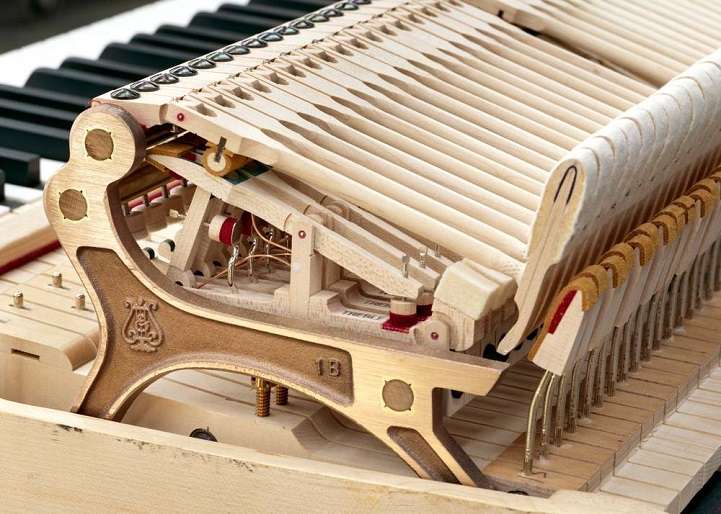
Piano Pedals
A piano usually has two pedals, while a grand piano has three:
- First pedal . When you press it, all the dampers rise, and certain strings sound when the keys are released, while others begin to vibrate. In this way it is possible to achieve a continuous sound and additional overtones.
- Left pedal . Makes the sound muffled and attenuates it. Rarely used.
- Third pedal (available only on the piano). Its task is to block certain dampers so that they remain raised until the pedal is removed. Due to this, you can save one chord while playing other notes.
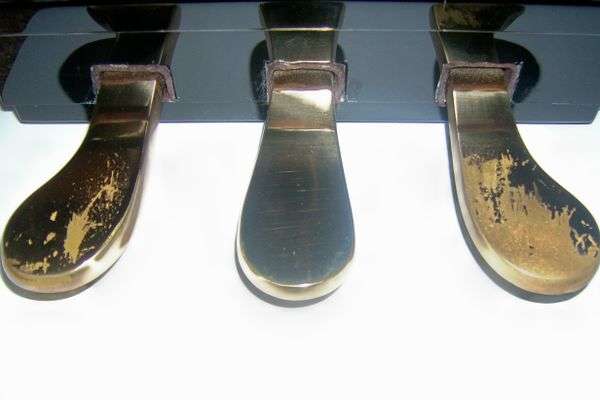
Playing an instrument
All types of pianos have 88 keys, 52 of which are white and the remaining 36 are black. The standard range of this musical instrument is from the note A subcontroctave to the note C in the fifth octave.
Pianos and grand pianos are very versatile and can play almost any tune. They are suitable both for solo works and for collaboration with an orchestra.
For example, pianists often accompany the violin, dombra, cello and other instruments.
FAQ
How to choose a piano for home use?
It is necessary to take into account an important point – the larger the piano or grand piano, the better the sound. If the size of your home and budget allow it, you should buy a large piano. In other cases, a medium-sized instrument will be the best option – it will not take up much space, but will sound good.
Is it easy to learn to play the piano?
If the piano requires advanced skills, then the piano is quite suitable for beginners. Those who did not study at a music school as a child should not be upset – now you can easily take piano lessons online.
Which piano manufacturers are the best?
It is worth noting several companies that produce high-quality grand pianos and pianos:
- premium : Bechstein grand pianos, Bluthner pianos and grand pianos, Yamaha concert grand pianos;
- middle class : Hoffmann grand pianos , August Forester pianos;
- affordable budget models : Boston, Yamaha pianos, Haessler grand pianos.
Famous piano performers and composers
- Frederic Chopin (1810-1849) is an outstanding Polish composer and virtuoso pianist. He wrote many works in different genres, combining classics and innovation, having a great influence on world music.
- Franz Liszt (1811-1886) – Hungarian pianist. He became famous for his virtuoso piano playing and his most complex works – for example, the Mephisto Waltz waltz.
- Sergei Rachmaninov (1873-1943) is a famous Russian pianist-composer. It is distinguished by its playing technique and unique author’s style.
- Denis Matsuev is a contemporary virtuoso pianist, winner of prestigious competitions. His work combines the traditions of the Russian piano school and innovations.
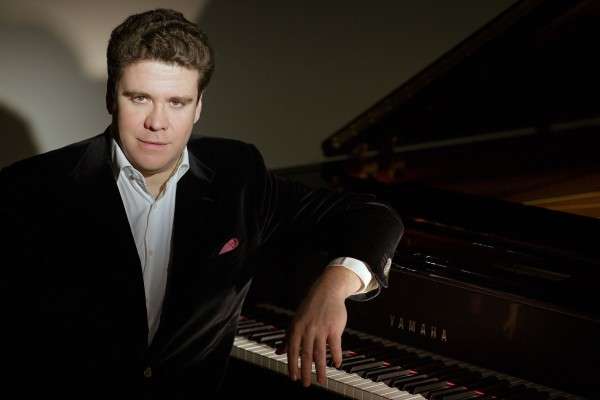
Interesting Facts about Piano
- according to the observations of scientists, playing the piano has a positive effect on discipline, academic success, behavior and coordination of movements in school-age children;
- the length of the largest concert grand piano in the world is 3.3 m, and the weight is more than one ton;
- the middle of the piano keyboard is located between the notes “mi” and “fa” in the first octave;
- the author of the first work for the piano was Lodovico Giustini, who wrote the sonata “12 Sonate da cimbalo di piano e forte” in 1732.
Summing up
The piano is such a popular and versatile instrument that it is simply impossible to find an analogue for it. If you have never played it before, try it – perhaps your house will soon be more and more filled with the magical sounds of these keys.



